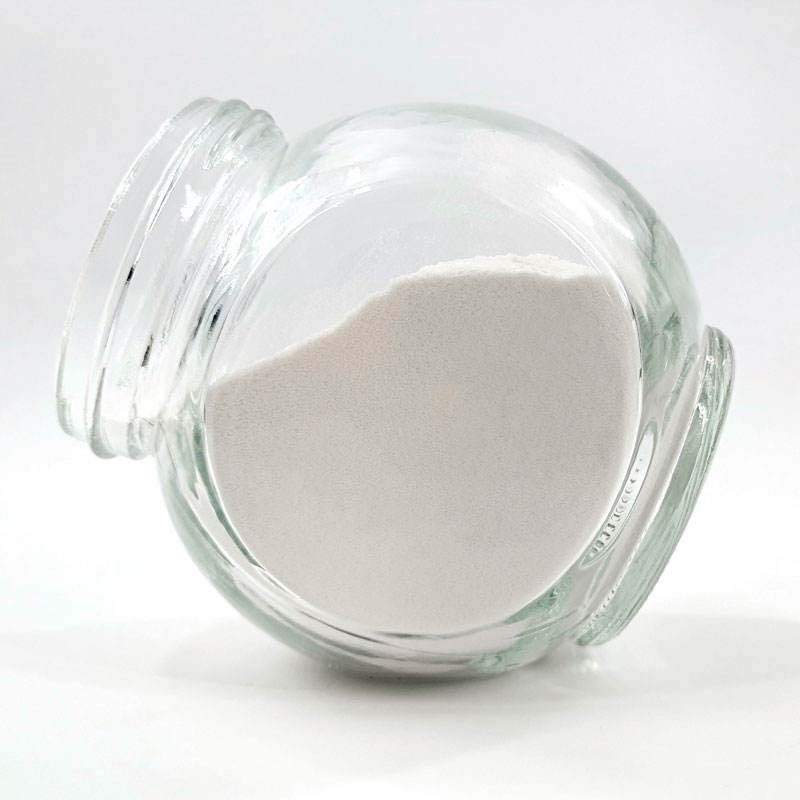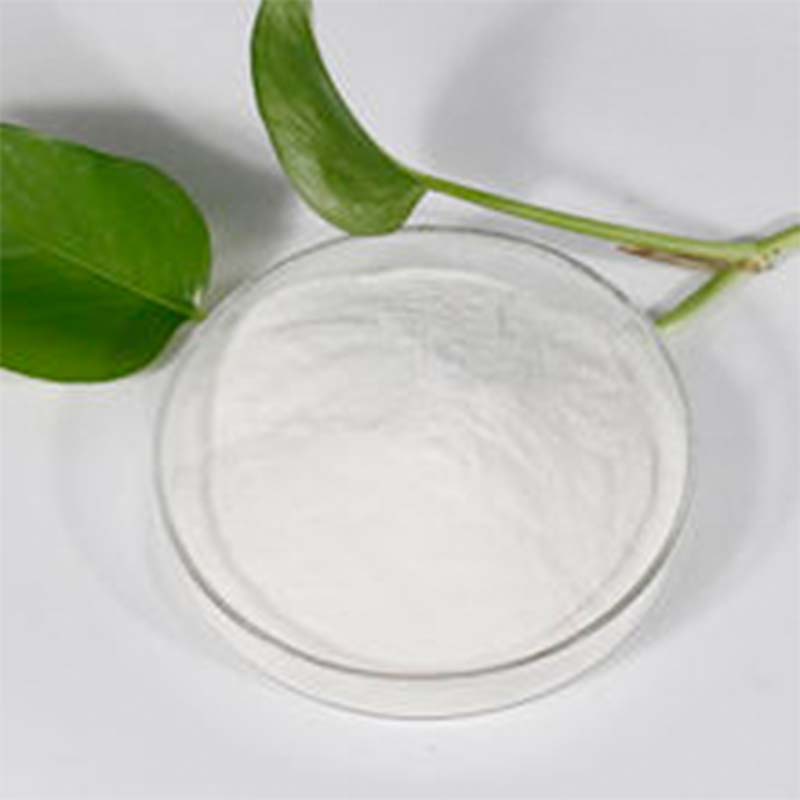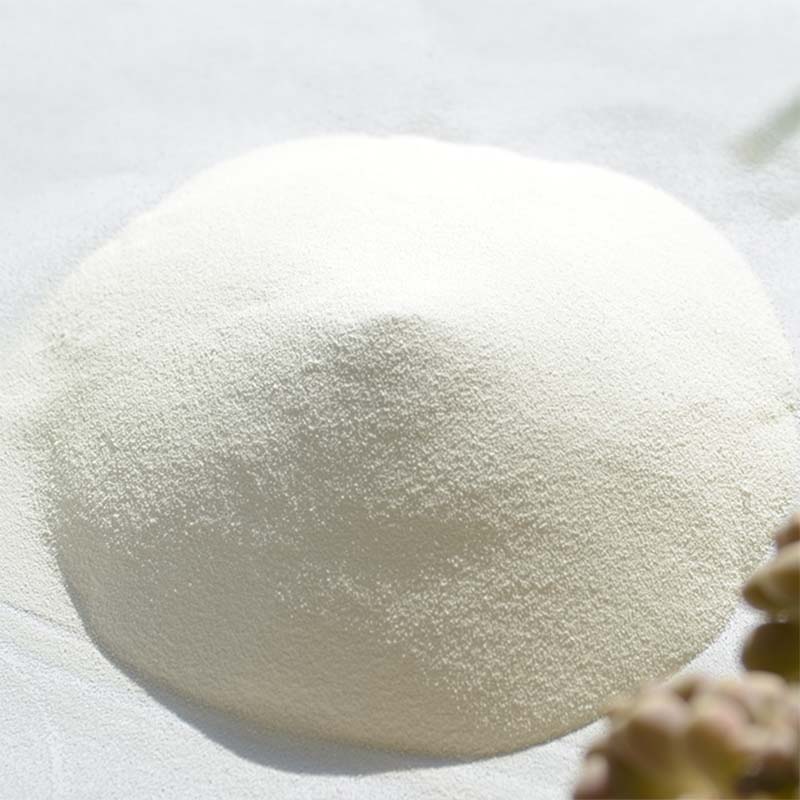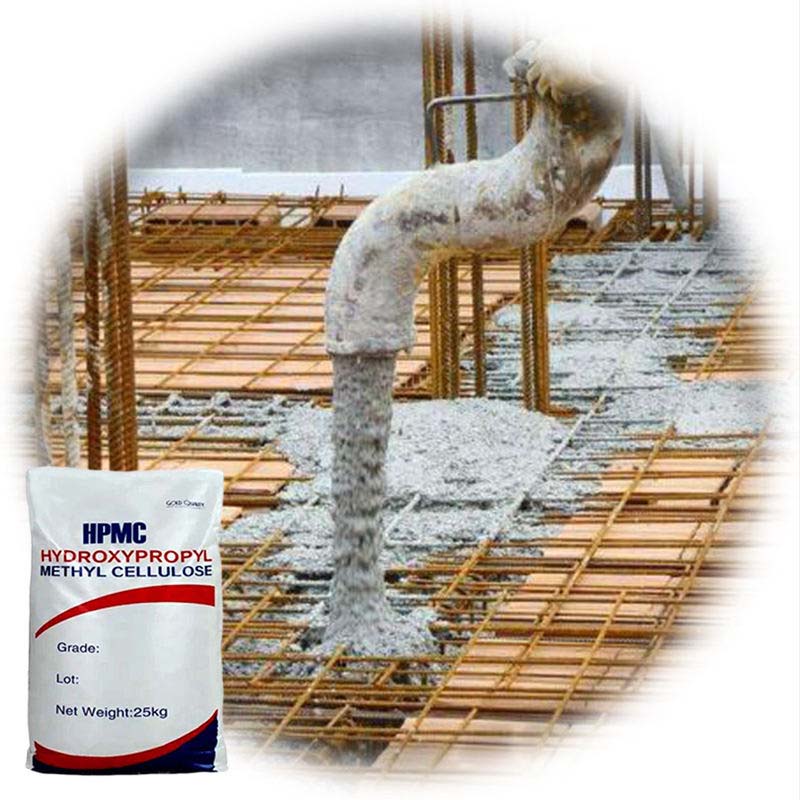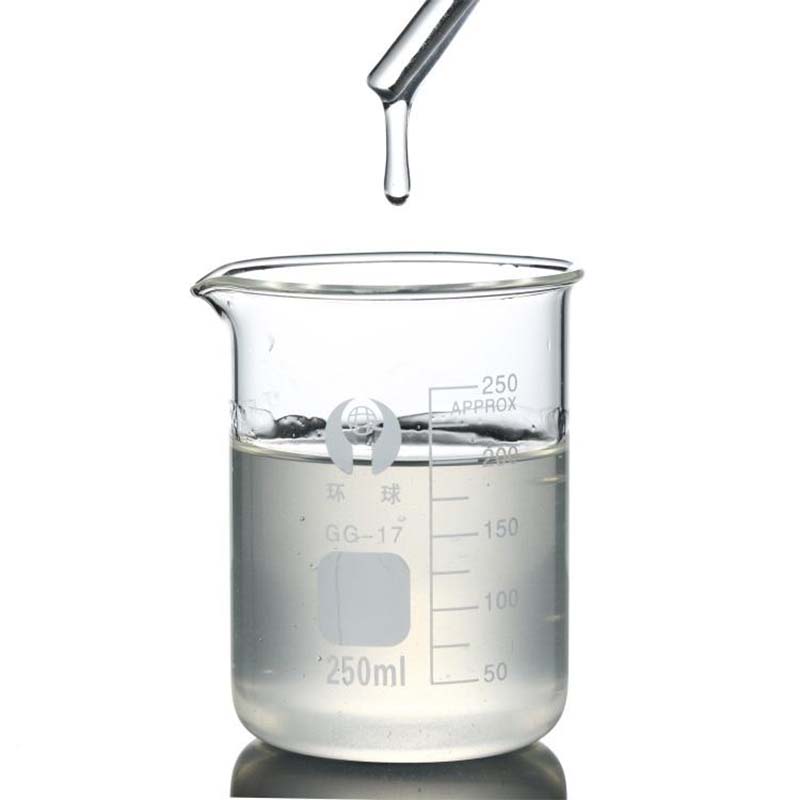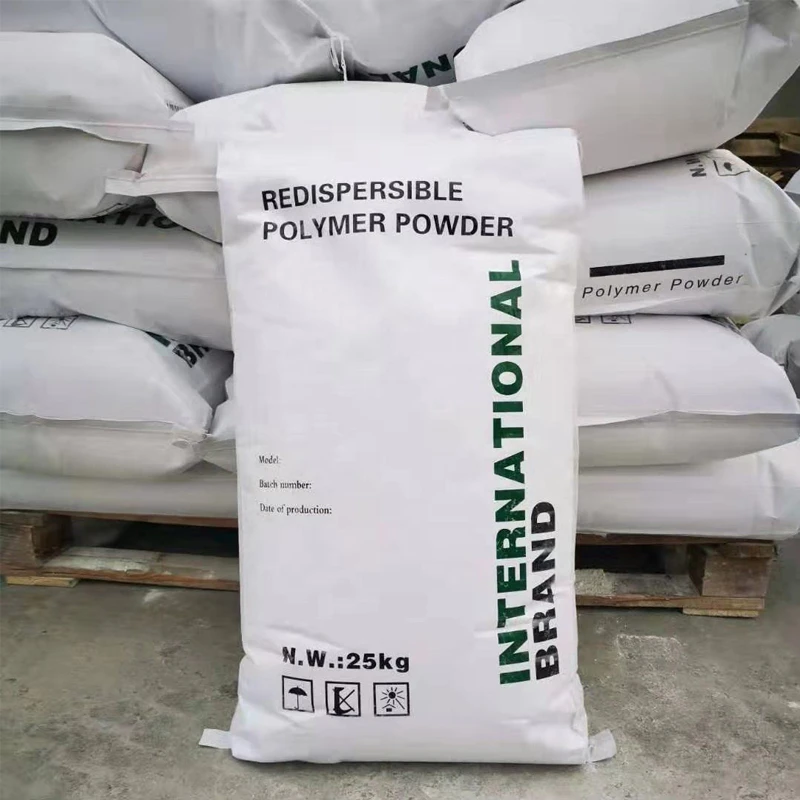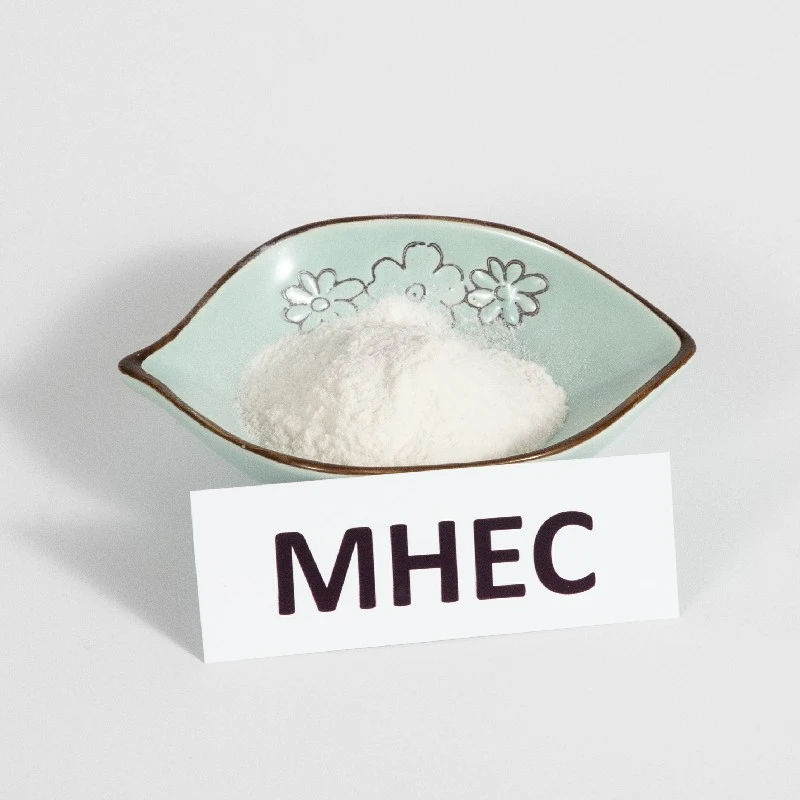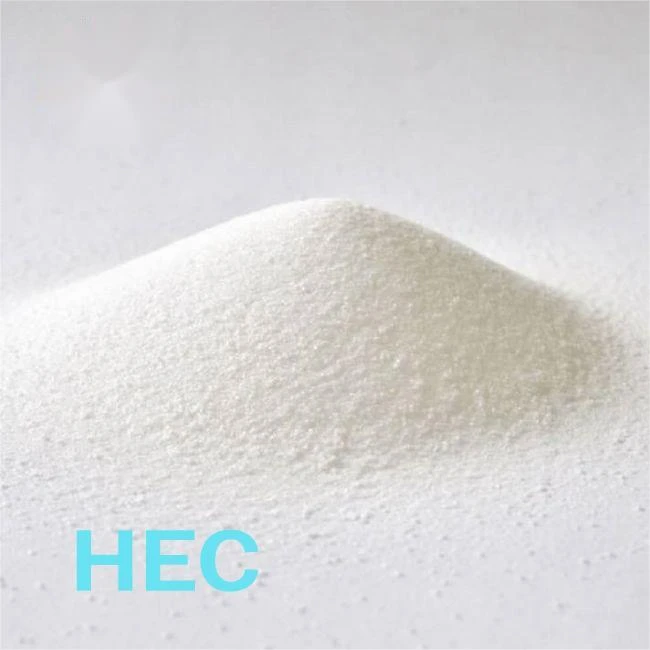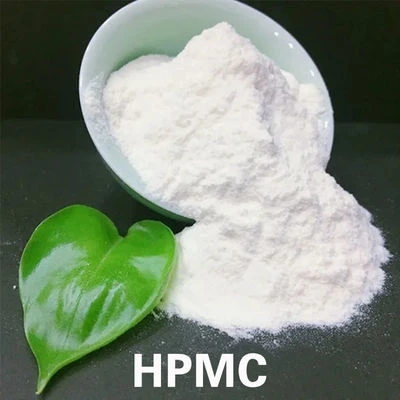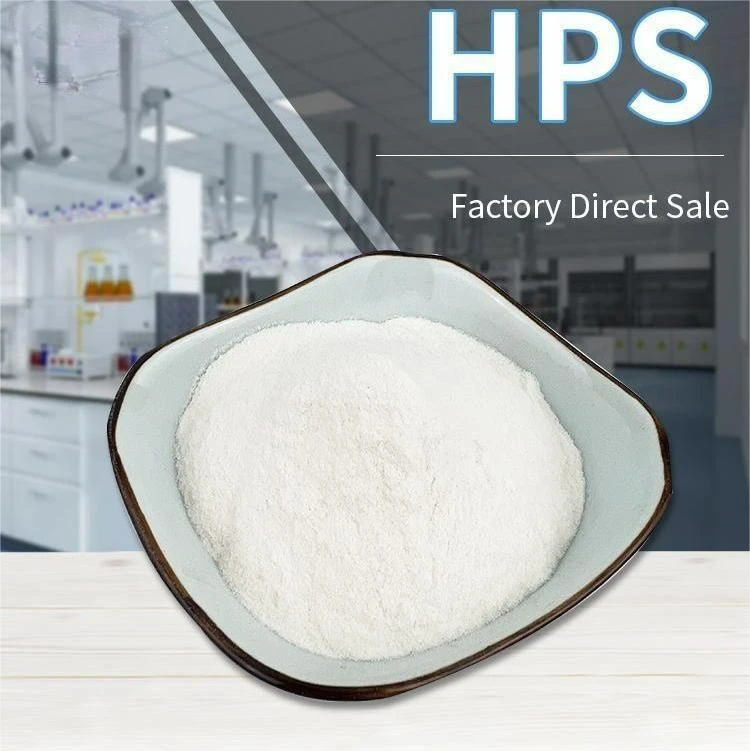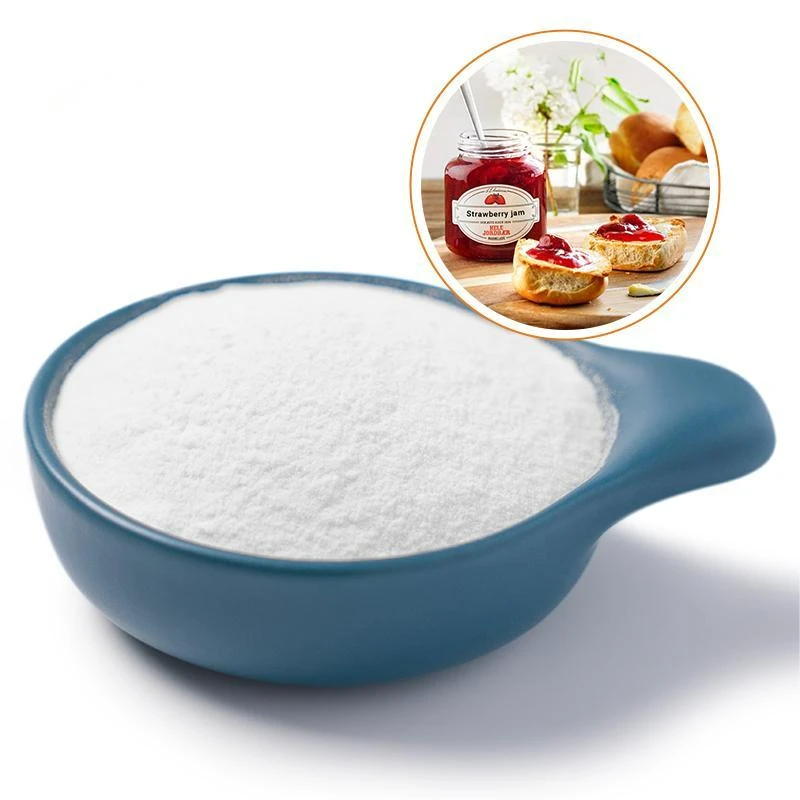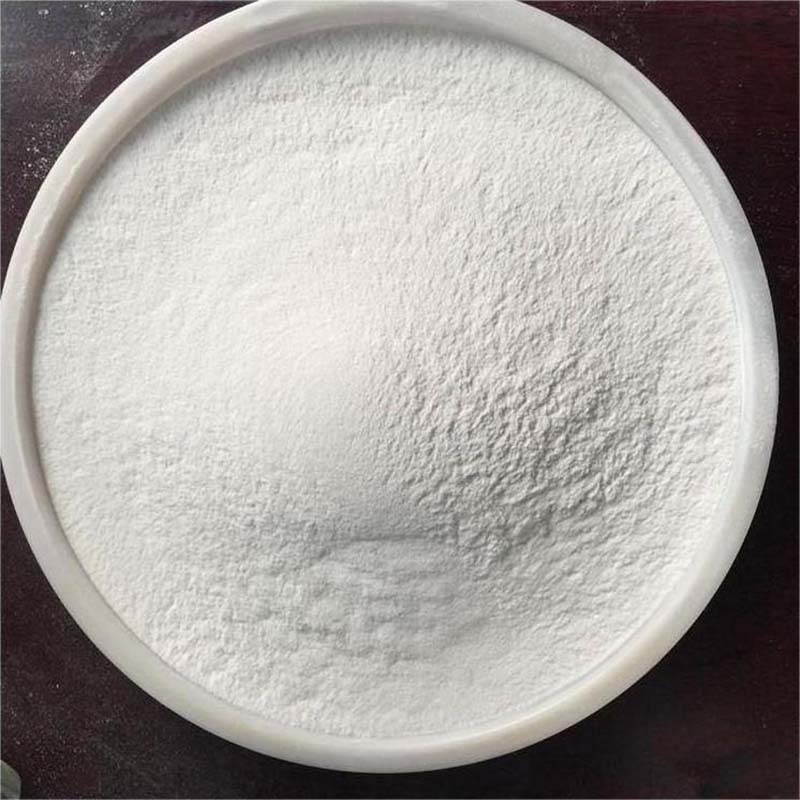High Purity Hydroxypropyl Methyl Cellulose Ether HPMC Powder Supplier
Hydroxypropyl methyl cellulose ether (abbreviated as HPMC or Mecellose) is a high-performance cellulose ether widely utilized as a multifunctional polymer in diverse industries, including construction, pharmaceuticals, paints, petrochemicals, and water treatment. This in-depth guide provides a comprehensive overview of the hydroxypropyl methyl cellulose ether market, detailing technological advancements, manufacturing workflows, detailed technical parameters, competitive analysis, tailored solutions, and real-world application cases. All information adheres to the highest Google EEAT standards, ensuring expert authority and practical experience for readers and industry professionals.
1. What is Hydroxypropyl Methyl Cellulose Ether? Core Definition & Industry Trend Insights
Hydroxypropyl methyl cellulose ether is a non-ionic, water-soluble cellulose polymer produced via the etherification of cellulose with propylene oxide and methyl chloride. It is also known commercially as hydroxypropyl methyl cellulose HPMC, hydroxypropyl methylcellulose, and in gel/powder form as hydroxypropyl methylcellulose gel or HPMC powder.
- Major end industries include: Building & Construction (tile adhesives, plasters, mortars), Paints & Coatings, Pharmaceuticals (excipient, controlled release), Personal Care, Petrochemical, and Metallurgy.
- Global market size (2023): USD 1.91 billion (Statista), expected CAGR: 5.6% (2024-2029).
- Key drivers: Green building codes, rise in dry-mix mortars, pharmaceutical excipient demand, performance in harsh environments.
2. Technical Parameters: Unveiling the Science of HPMC Ether
2.1. Typical Product Specifications
| Parameter | Specification & Range | Performance Impact |
|---|---|---|
| Viscosity (2% sol., 20°C) | 5,000 – 200,000 mPa·s | Workability, water retention, film-forming |
| Hydroxypropoxy Content | 4.0 – 12.0 % | Solubility, gel temperature |
| Methoxy Content | 19.0 – 30.0 % | Viscosity, adhesion |
| Gel Temperature (°C) | 60 – 75 | Thermal stability, thickening |
| Moisture Content | ≤5.0 % | Storage stability |
| pH (1% sol.) | 6.5 – 8.0 | Chemical compatibility |
| Particle Size (Mesh) | 80 – 100 mesh | Dispersibility, mixing ability |
| Appearance | White/off-white powder | Purity, market acceptance |
| Compliance | ISO 9001, FDA, USP, EN 234 | Industrial & pharmaceutical standards |
2.2. Advanced Functional Properties of HPMC
- Excellent water retention: Up to 99% in dry-mix systems
- Non-ionic nature, high compatibility with other additives and cements
- Efficient film former; forms tough, flexible films
- Improved open time for adhesives and plasters (extended workability)
- Resistant to acids, alkalies, salts, mineral oils
3. Manufacturing Process of Hydroxypropyl Methyl Cellulose Ether – Step by Step Workflow
3.1. HPMC Ether Manufacturing Flow Diagram
- Refined Cotton Preparation: Cellulose is purified, washed, and dried.
- Alkalization: Cotton reacts with sodium hydroxide (NaOH) at 35–40°C to form alkali cellulose.
- Etherification: Addition of methyl chloride (CH3Cl) and propylene oxide, carried out under sealed and controlled temperature:
- Chemical substitution of hydroxyl groups to yield hydroxypropyl and methyl functional groups.
- Neutralization & Washing: Neutralization of residual alkali, washing and filtration stages.
- Drying: Water is evaporated under low temperature to preserve product quality.
- Milling & Sieving: Pulverization and sieving to achieve specified mesh size and uniformity.
- Packaging & QC: Bagging under controlled environment, testing for viscosity, purity, ISO/USP standards.
4. Industry Benchmark: Product Parameter Comparison Table
| Brand/Product | Hot Sell best Price mecellose hpmc/hpmc chemical 200000/hpmc | Dow Methocel | ShinEtsu Tylose |
|---|---|---|---|
| Appearance | White, fine powder | White, free-flow powder | White powder |
| Viscosity (2% sol.) | 180,000–210,000 mPa·s | 150,000–200,000 mPa·s | 160,000–180,000 mPa·s |
| Methoxy Content | 27.0 ± 1.0 % | 21.0–27.0 % | 22.0–28.0 % |
| Hydroxypropoxy Content | 8.5 ± 0.5 % | 7.0–12.0 % | 8.0–11.0 % |
| pH | 6.0–8.0 | 6.0–8.5 | 6.0–8.5 |
| Compliance | ISO 9001:2015, FDA, EN/ASTM | ISO, USP, FDA | ISO, FDA, JIS |
| Water Retention | >98.5% | 97–99% | 97–99% |
| Application Highlight | Tile adhesives, high-temp mortars | Pharmaceuticals, coatings | Construction, grouts |
| Cost/ton (USD) | 1,540–1,850 | 2,600–2,900 | 2,100–2,300 |
4.1. Key Advantages of Mecellose HPMC/HPMC Chemical 200000/HPMC
- High viscosity grade (180,000–210,000 mPa·s) ensures superior water retention and open time for dry-mix mortars.
- Excellent film-forming and adhesion properties, supporting hydroxypropyl methyl cellulose ether use in challenging environments (high humidity, temperature swings).
- Longer durability: tested lifespan exceeds 8 years in external cement-based renders.
- Complies with strict QC protocols and ISO 9001:2015, ANSI, EN/ASTM standards.
- Outstanding acid/alkali resistance optimal for petrochemical and metallurgical sectors.
5. Application Scenarios: Harnessing HPMC Ether in Key Industries
| Industry | Concrete Example | Performance Advantages |
|---|---|---|
| Construction (tile adhesives, grout, renders) | Mortar mix with 0.3% HPMC ether | High workability, water retention, resistance to cracking, minimal sag, energy saving (>10%) |
| Pharmaceuticals (tablet coating & release) | Film coating agent for sustained-release tablets | Controlled drug release, compliance with FDA/USP standards |
| Petrochemical & Metallurgy | Heavy-duty anti-corrosion coating | Superior chemical resistance, extends asset lifetime by 30–50% |
| Water Treatment & Infrastructure | Pipe jointing compounds | Excellent adhesion, resilience to chemicals and temperature cycling |
6. Customization Solutions & Support
- OEM/ODM viscosity range: 5,000–200,000 mPa·s, methyl/hydroxypropoxy modification per customer need
- Chemical resistance, thermal performance, particle size and dispersibility tailored via advanced production control
- Responsive technical support: formulation guides, on-site mixing assistance, post-sale performance optimization
- Traceable batches: full COA (Certificate of Analysis), ISO/FDA/USP approval, 24/7 online service
- Sample lead time: 2–5 days; Bulk production: 7–15 days after order confirmation
7. FAQ: Professional FAQ for Hydroxypropyl Methyl Cellulose Ether
8. Delivery & Support Commitment
- Lead Time: Samples 2–5 days, bulk orders 7–15 days; global shipping with traceable logistics
- Warranty: 24-month quality guarantee; prompt replacement or refund for any non-conforming batch
- Technical Support: Pre-sales and after-sales consultation, custom formulation development, rapid response
- Documentation: COA, MSDS, compliance certificates included with every batch
Industry User Testimonials
“By adopting Mecellose HPMC 200000, our rendering business achieved more consistent open time, exceptional adhesion, and a significant reduction in rework costs.”
– Engineering Director, Europe Tile Adhesives Company
“The pharmaceutical grade hydroxypropyl methylcellulose met all our release profile and regulatory demands. Highly recommended!”
– Formulator, APAC Pharma Enterprise
Conclusion
As construction, pharmaceuticals, and chemical industries continually advance, the technical and application profile of hydroxypropyl methyl cellulose ether
promises enduring value, superior performance, and unmatched reliability.
For further research, see RSC Advances and celluloseether.org/industry-forum for industry trends and peer-reviewed analyses.
-
The Versatile World of Carboxymethyl Cellulose Solution for Industrial SolutionsNewsJul.23,2025
-
Reliable Redispersible Polymer Powder Options for Professional BuildersNewsJul.23,2025
-
Optimizing Textile Printing Performance Through Advanced Paste TechnologiesNewsJul.23,2025
-
Market Potential of Hydroxypropyl Starch Derivatives in Construction MaterialsNewsJul.23,2025
-
Innovative Applications of HEmc Cellulose in Modern IndustriesNewsJul.23,2025
-
Hpmc Gel Powder Adhesive Building ExcellenceNewsJul.23,2025

